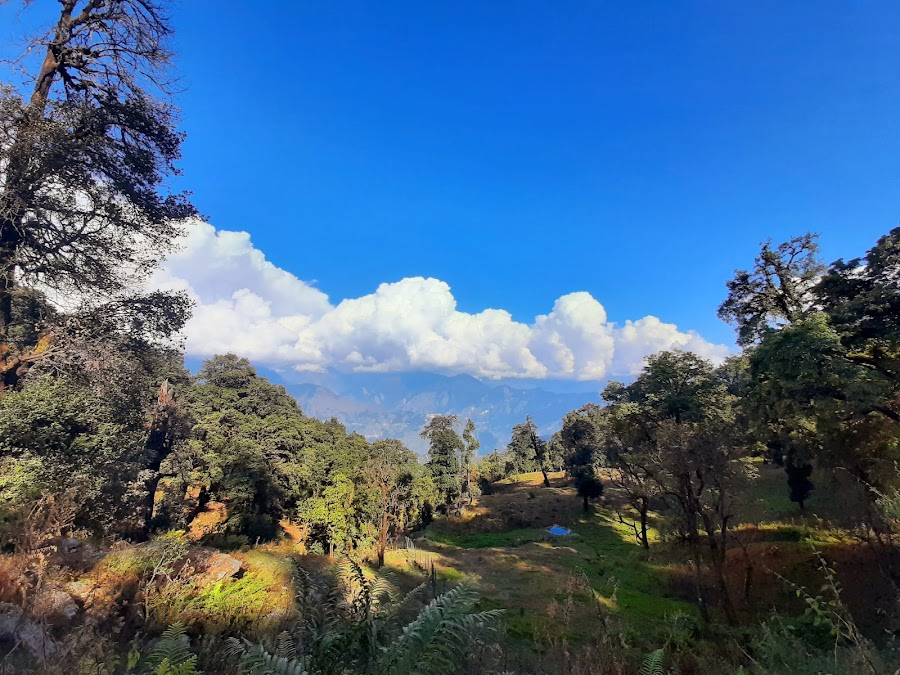
Khaliya Top
Munsiyari, India
- Bird watching in the forest.
- Camping under the stars.
- Enjoy panoramic Himalayan views.
- Explore nearby Munsiyari town.
- Photography of snow-capped peaks.
- Picnic amidst the meadows.
- Trekking to Khaliya Top viewpoint.
Known for:
Description:
Khaliya Top, located near Munsiyari, Uttarakhand, is a stunning high-altitude meadow offering panoramic views of the snow-capped Himalayan peaks, including Panchchuli, Nanda Devi, and Rajrambha. It's a popular destination for trekkers and nature enthusiasts seeking breathtaking scenery and a relatively easy trek. The rolling grasslands provide a vibrant contrast to the stark white mountains, creating a picturesque landscape perfect for photography and relaxation. The trek to Khaliya Top winds through rhododendron and oak forests, adding to the charm of the journey. At the top, visitors can enjoy the expansive views, picnic amidst the meadows, and soak in the serene atmosphere of the Himalayas. Khaliya Top is an ideal escape from the hustle and bustle of city life, offering a rejuvenating experience in the lap of nature.
History:
Historically, the Khaliya Top area was primarily used by local shepherds for grazing their livestock. The lush meadows provided ample fodder for their animals during the summer months. Over time, as Munsiyari gained popularity as a tourist destination, Khaliya Top's scenic beauty attracted trekkers and nature lovers. The development of trekking routes and basic infrastructure facilitated access to the meadow, transforming it from a grazing ground to a popular tourist spot. While there are no significant historical events directly associated with Khaliya Top, its importance lies in its natural beauty and its role in supporting the local pastoral economy. The local communities have a deep connection with the land, and their traditional knowledge and practices contribute to the preservation of the region's cultural and environmental heritage.